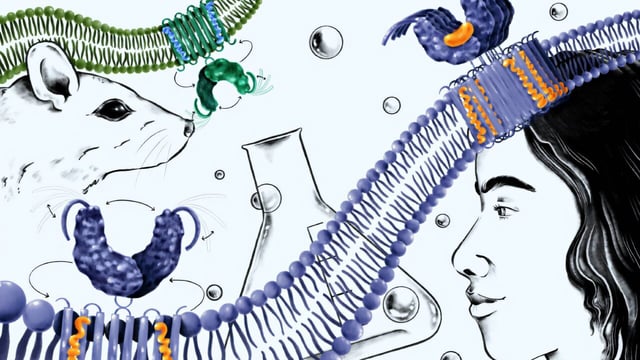Overview
- Researchers found that H-151 binds a pocket present in mouse STING but absent in humans, highlighting the limitations of rodent models for drug development.
- They mapped a critical oligomerization checkpoint and identified a novel palmitoylation site at cysteine 64 that regulates human STING activation.
- Proof-of-concept molecules, including an eight–amino-acid peptide from STING’s C-terminal tail, successfully mimic its autoinhibitory mechanism to prevent pathway activation in human cells.
- These human-specific inhibitor candidates are being prepared for clinical evaluation as the first direct modulators of STING overactivation in patients.
- The team plans to explore the therapeutic potential of these inhibitors in neurodegenerative and autoimmune diseases in addition to cancer immunotherapy.
